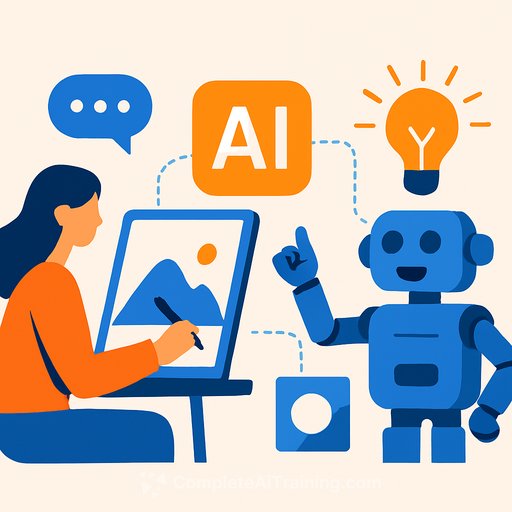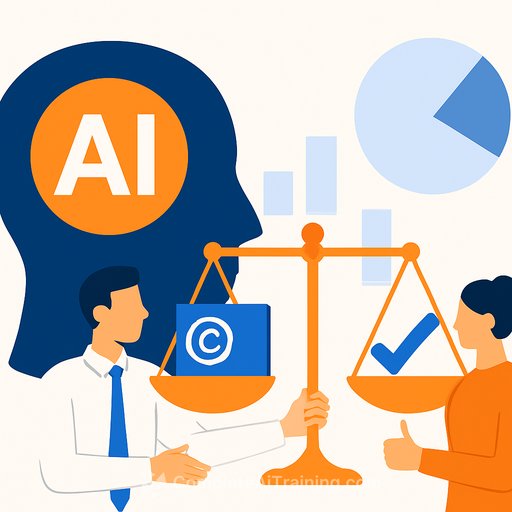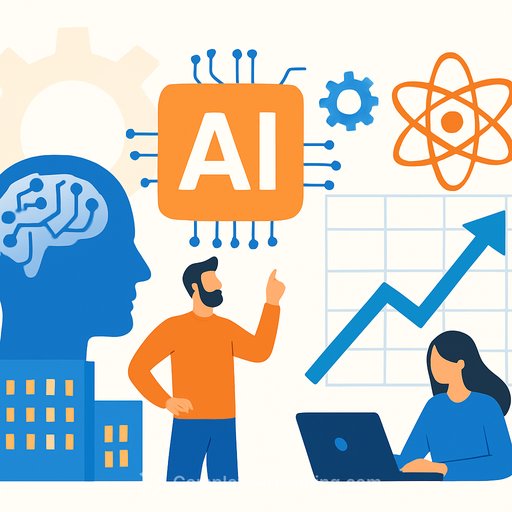AI is speeding everything up. Originality is the new bottleneck.
At Web Summit, a design talk turned into a warning: sameness is spreading, and AI is pouring gasoline on it. Porta Rocha design director Joseph Lebus and Ragged Edge co-founder Max Ottignon were clear-chasing trends makes brands invisible. Trends can be the result of good work, but they're never the goal. Brands exist to stand out, be remembered, and be chosen. You can't do that if you look and sound like everyone else.
Trend-chasing makes you forgettable
Lebus and Ottignon described a process built on immersion, questioning, and context-not imitation. When a client says, "Make it like that brand," the best teams push back. They ask what problem the work needs to solve, what codes the category is drowning in, and where the space for difference actually is. Copying is the shortcut to being ignored.
Why this matters now
AI is making production faster, cheaper, and more standardized. According to industry data, nearly 40% of digital video ads will be AI-generated by next year, with smaller advertisers leading the way. When half the work runs through the same systems, distinctiveness becomes a discipline.
Marketers are already optimizing for efficiency: 50% use AI for ad copy, and 38% use it for images or video-mostly for resizing and automation. Useful, but risky. If judgment doesn't keep up, output flattens. Speed without taste produces "good enough," which is rarely chosen.
A practical playbook to keep your work distinct
- Start with immersion, not imitation: Live in the product, the customer, and the category. Collect references, then label them "do not copy-diagnose." Your goal is to understand the codes so you can subvert or skip them.
- Define the Only: Write a one-sentence "Only we…" that a competitor can't claim. If your concept doesn't express that, kill it or push it.
- Reference audit: For any moodboard, mark what's category-generic vs. brand-specific. Strip the generic. Keep only what strengthens your "Only."
- Set originality checks: Before you ship, run three tests:
- Swap test: Could this carry another brand's logo? If yes, it isn't done.
- Memory test: Show it for five seconds. Ask what sticks. If nothing, it won't earn recall in the wild.
- Anti-brief: List what everyone else would do. Do the opposite in at least one decisive way.
- Use AI with constraints:
- Research, options, and rough studies-yes.
- Final taste, signature assets, and voice-human-led.
- Force variety: vary model, seed, and prompt structure to avoid template output.
- Mandate "AI-last": concept first, automation later.
- Defend the brief with outcomes, not vibes: When asked to "make it like X," respond with, "Do you want their look or their effect?" Then propose measurable effects (recall, distinctiveness, preference) and a new path to get there.
- Design for memory: Create a small set of repeatable, ownable elements-color, shape, type behavior, audio sting, motion pattern. Use them until they're unmistakable.
- Keep hand-made moments: Add one tactile or imperfect element per concept-an illustration edge, unexpected microcopy, a motion quirk. That human wobble is often what people remember.
Questions that break sameness in client conversations
- What must people remember after three seconds?
- What would our competitor never do that we could own?
- Which category codes are we rejecting, and why?
- If success required offending one safe assumption, which one would we pick?
- How will we measure distinctiveness beyond clicks? (e.g., recall, recognition, "logo swap" fail rate)
A 45-minute sprint to reset a "make it like them" brief
- 10 min: List the top five clichés in the category (visuals, tone, CTA patterns).
- 10 min: Write three "Only we…" statements. Pick one.
- 15 min: Sketch three routes that violate at least one cliché each while proving the "Only."
- 10 min: Run the swap and memory tests with a teammate. Keep the one that fails the swap and passes memory.
What AI should and shouldn't do in your workflow
- Great for: Variant generation, resizing, storyboard drafts, alt headlines, tone exploration, asset cleanup.
- Use with caution: Core voice, key visuals, naming, strategy narratives. These define the brand. Don't outsource your taste.
Pushback scripts for "trend me up" requests
- Client: "Can we make it look like Brand X?"
You: "We can get the effect you like without borrowing their uniform. Here are three distinct routes that drive the same outcome." - Client: "We need this faster."
You: "We'll automate production, not thinking. Speed on execution, care on direction."
The takeaway
AI is a speed multiplier. Without a strong point of view, it multiplies sameness. With a strong point of view, it multiplies distinctiveness. Your job isn't to move pixels faster-it's to choose what deserves to exist.
If you want structured ways to build AI judgment without losing your voice, see practical course paths by job at Complete AI Training.
Your membership also unlocks:






